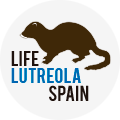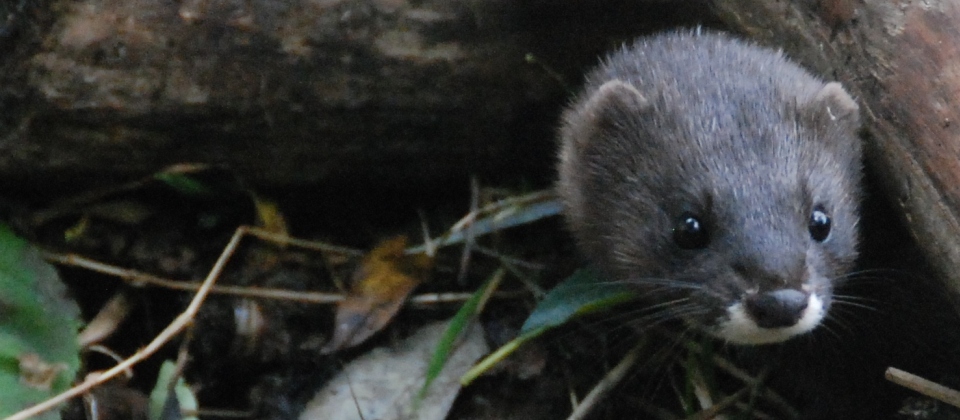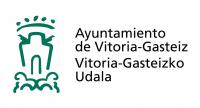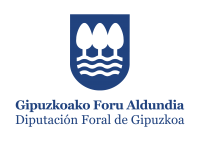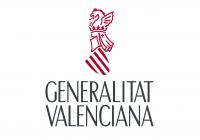Established in 1989 as a subsidiary of Tragsa, it is a pioneer company in state-of-the-art technology, specialized in providing engineering, consulting and technical assistance in the areas of agriculture, forestry, the environment, rural development or marine environment, both in carrying out studies and projects as well as providing technical services.
Thanks to its firm commitment to R&D&I, Tragsatec has a very strong IT support and the most innovative technology, such as Geographic Information Systems and developments in Web environments, capable of providing support to the Public Administration for tasks involving the production, maintenance and operation of agricultural and environmental databases at the national level.
